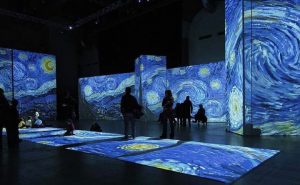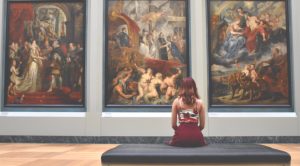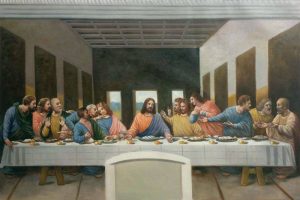
In our day-to-day lives we see various images that we glance at and rarely think about ever again. However, these images and other pieces of art that we come across usually have something specific that they are trying to convey. To maintain a better understanding of an art-piece, people often use a technique referred to as formal analysis. This method is used to analyze only what the artist provides the audience with visually in their piece rather than also referring to outside information or historical context. Instead of simply describing what can be seen, formal analysis requires interpreting an artist’s choice of colors, lines, space, scale, modeling, etc. These things and the various ways they can be used let the audience know what the artist wants to get across. These things can help us see what the artist is emphasizing, what the mood of the piece is, and what kind of emotions they wanted to evoke. In a way, using formal analysis can help a person to really think about and appreciate something they normally may not.








